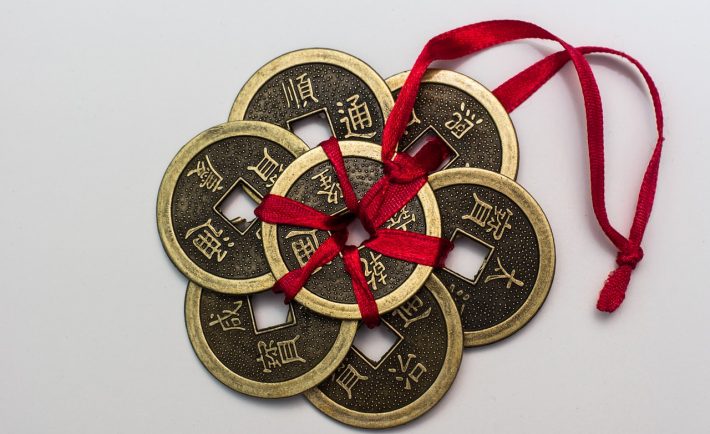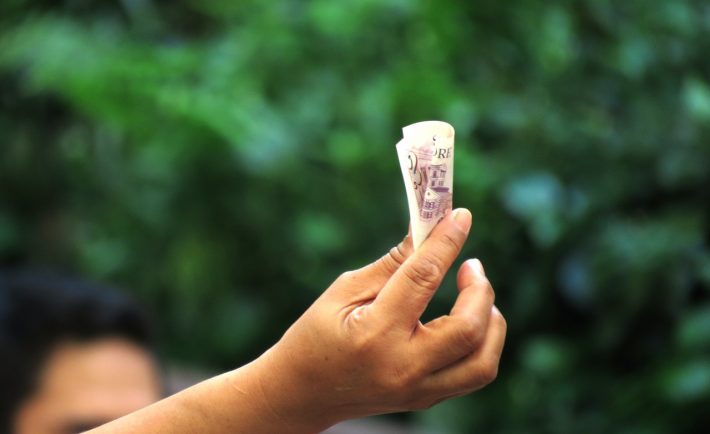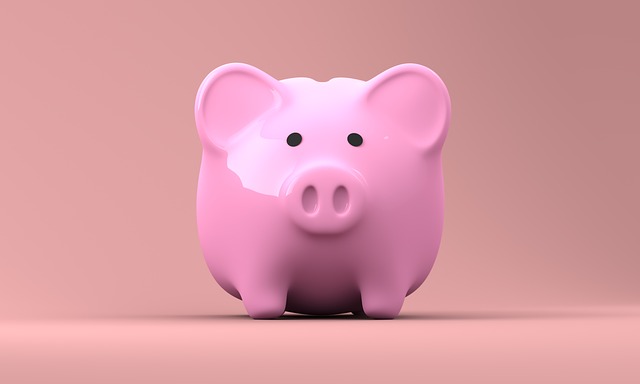Aside from your credit score and your net income, there are various elements that can affect your finances. Believe it or not, your home design can affect your bank account. Based on the ancient school of thought that focuses on balancing energy, you may try these money-centered Feng Shui tips.
#1: HOME SWEET HOME
What is the first thing that your guests will notice upon entering your humble home? The front door, of course! Paying attention to the details of your front door is important in letting the auspicious energy flow. Is your door made from cheap plastic or strong wood?

Image Credits: pixabay.com
According to Feng Shui, the quality of your door determines the energy that will run throughout your home. The same goes for the front entrance. Dubbed as the “Mouth of Chi”, the front entrance is a place where nourishing energy shall enter your space. Thus, you must invest on a sturdy door and keep the entryway clean.
#2: WHAT ATTRACTS NEGATIVE ENERGY
It goes without saying that a cluttered space contributes to a cluttered mind. This ideal echoes the sentiment of your finances and the energy it receives. Untidiness has a negative influence on many areas of your life including your wealth. This is why you must remove any unnecessary items that create visual clutter. For instance, you may dispose your dead plants and clean your rubbish bins.
On the other hand, you must protect the items that represent money in a negative manner. Manage your unpaid bills and telecom payment reminders. Interestingly, you shall organize the receipts of the things that you regret purchasing too.
As I have said above, clutter can influence other areas of your life including the places you see and the people you meet. Keeping things that remind you of the people or places that you do not want to be associated with can attract negative energy. Think about that!
#3: PAINT THE TOWN RED, PURPLE, OR GREEN
As a Psychology student, one of my favorite topics was Color Psychology. I was fascinated by how some people act based on the display of colors. So, it comes as no surprise that I will include the relationship of color and Feng Shui. Color is believed to have a powerful impact on a person’s life. Focusing on money, red is considered powerful and propitious. Imagine walking on a red carpet or driving a red sports car!
Aside from the mighty red, green and purple are key colors in attracting prosperity. Experiment between these colors to see which one suits your vibe. If you deem purple as a favorable color, you may start by decorating your home with hints of purple. Throw purple pillows in your bedroom or paint your walls lilac for a subtle glow. It is important to decorate with mindfulness to enhance the energy surrounding your home.
#4: THE SYMBOL OF ABUNDANCE
The symbol of abundance is none other than Water. Any objects exuding a wavy, curvy, or sinuous shape can be considered as a Water element in your home. Mirrors and crystals are just some of the examples.
Now, let us dive into the Feng Shui “rules” of decorating with Water elements. The premise is simple! The state of Water in your home mirrors your finances (no pun intended). Do install a fountain in your money corner. For small spaces, a good alternative is a tabletop fountain. Placing it beside a dragon figurine is believed to attract wealth. If it is totally impossible to place a fountain in your home then, you may display images of flowing water. Search for images containing a waterfall or a fast-moving river. Remember to avoid displaying disturbing water scenes.

Image Credits: pixabay.com
DONT’S: Do not let your fountain’s water to be stagnant. Leaking or dripping taps are not conducive to prosperity either. Interestingly, a water element in your bedroom may negatively impact your finances. A mirror should not face your bed!




